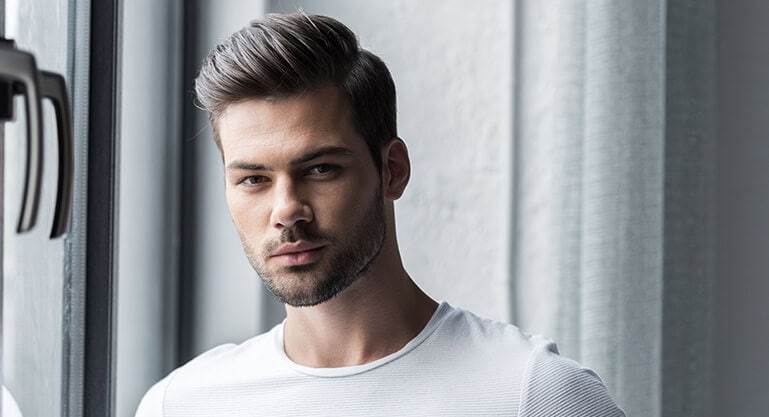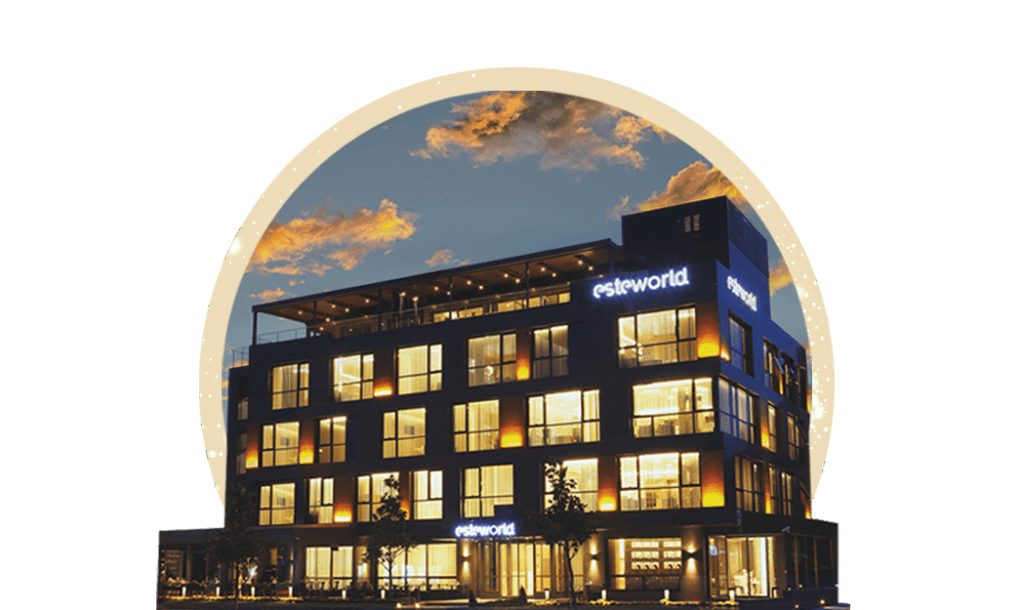
A successful beard transplant is an important step towards the results you’ve always desired, but the journey doesn’t end with the procedure. Proper post-transplant care and grooming is crucial to achieve the best results and maintain a healthy, full beard. In this article, we offer essential tips and practices for your beard after transplantation, from post-procedure care to long-term maintenance. By following these guidelines, you can support the healing process, boost beard growth and enjoy a well-groomed, vibrant beard. Whether you want to improve your grooming routine or understand how to care for your new beard, this information will help you achieve and maintain the best possible result.
A beard transplant is a surgical procedure designed to increase beard density by moving hair follicles from a donor site, typically the scalp, to the beard area. The procedure involves extracting individual hair follicles using techniques such as Follicular Unit Extraction (FUE) or Follicular Unit Transplantation (FUT) and implanting them into targeted areas of the beard. This method provides a permanent solution for those seeking a fuller beard and includes a recovery period during which the transplanted follicles establish themselves and begin to grow. The procedure is tailored to the patient’s needs, providing natural-looking results and improved beard coverage.
The recovery process following a beard transplant is similar to that of hair transplantation, but it can take longer due to the sensitivity of the facial area. Applying appropriate beard care techniques is crucial for speeding up recovery and achieving optimal results.
During the procedure, hair follicles are inserted into the skin through tiny incisions, leading to crusting and redness at these sites. Typically, these crusts will shed within about a week with the help of prescribed creams and proper beard washing practices.
A common occurrence in both hair and beard transplants is shock shedding, where transplanted hair falls out within the first month before new growth begins. It’s advisable to rest for the first three days post-surgery to minimize the risk of bacterial infection and physical irritation.
The entire beard transplant procedure usually lasts between 3 to 6 hours. The initial week following the procedure is crucial for ensuring healthy beard growth and protecting the transplanted follicles. Here are some key points to follow during this period:
By adhering to these guidelines, you can support a smoother healing process and promote the best possible results for your beard transplant.
Follow all the points mentioned for beard care after beard transplantation.
After your beard transplant, it’s essential to protect the treated area from direct sunlight for several weeks. To prevent potential damage and discomfort, try to stay indoors or seek shade when outdoors. If you must be in the sun, shield the area with a hat or helmet and apply a high-SPF sunscreen to safeguard the sensitive skin.
In the initial weeks following the procedure, treat the transplanted area with utmost gentleness. Refrain from shaving the beard for the first 10 to 15 days, or as directed by your doctor. The area is delicate, so avoid applying excessive pressure or pulling on the hair. Additionally, refrain from scratching or touching the area unnecessarily to prevent potential damage to the grafts and reduce the risk of infection.
Smoking and alcohol consumption can hinder the healing process after a beard transplant. Smoking narrows blood vessels, reducing blood flow to the transplanted follicles and impeding recovery. Alcohol dehydrates the body and can interfere with prescribed medications. To ensure a smoother recovery, it’s best to avoid both smoking and drinking for several weeks following the procedure.
Speed up your recovery by focusing on a nutritious diet and sufficient rest. Staying hydrated with water and electrolytes is crucial for bodily repair. Include protein-rich foods, iron, and vitamins A, C, and E in your diet to support healthy beard growth. If your surgeon recommends supplements like biotin, follow their advice. Additionally, managing stress levels can contribute positively to your recovery.
Following your doctor’s post-procedure instructions is vital for a successful recovery. Your doctor will provide specific guidance on how to care for the transplanted area, including cleaning procedures, medication usage, and activity restrictions. Adhering to these recommendations helps minimize the risk of infection, reduces swelling, and supports proper healing. Contact your doctor promptly if you notice any signs of infection or complications, as neglecting advice could result in issues such as poor graft survival or scarring.
At Esteworld, our team of specialists will customize a treatment plan based on your individual needs. We will implement the plan that is best suited to you, aiming to achieve outstanding results in beard transplantation. For more detailed information about our beard transplantation services, feel free to reach out to us.
Aftercare includes gentle cleaning, avoiding direct sunlight, and refraining from shaving for the first two weeks to protect the transplanted area.
Initial recovery takes about 5-7 days, but full healing and hair growth results can take up to 12 months.
Shaving should be avoided for the first month, but trimming can usually be done after the initial healing phase.
Yes, Esteworld offers detailed aftercare instructions and follow-up support to ensure optimal results..
Proper care promotes healing, reduces the risk of infection, and ensures the best possible outcomes for the transplant.
As Esteworld Health Group, Turkey’s leading provider of plastic and aesthetic surgery services, we have been offering aesthetic services at the highest medical standards since 1994 under the slogan “Healthy beauty!”

Overview Why Esteworld Konular Hair Transplantation and Scalp Health Today,
Overview Why Esteworld Konular The Role of Nutrition in Pre
Overview Why Esteworld Konular The Role of Hormones in Hair
Overview Why Esteworld Konular The Role of Drugs in Hair

